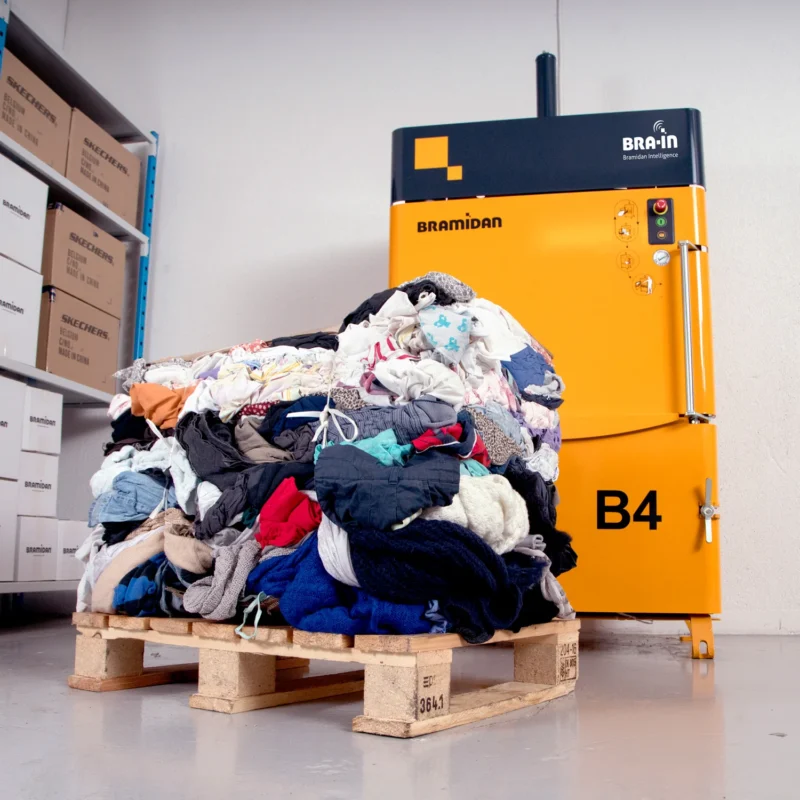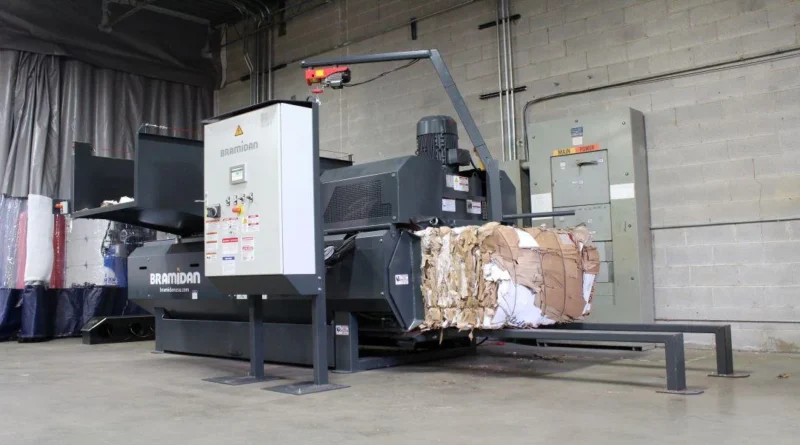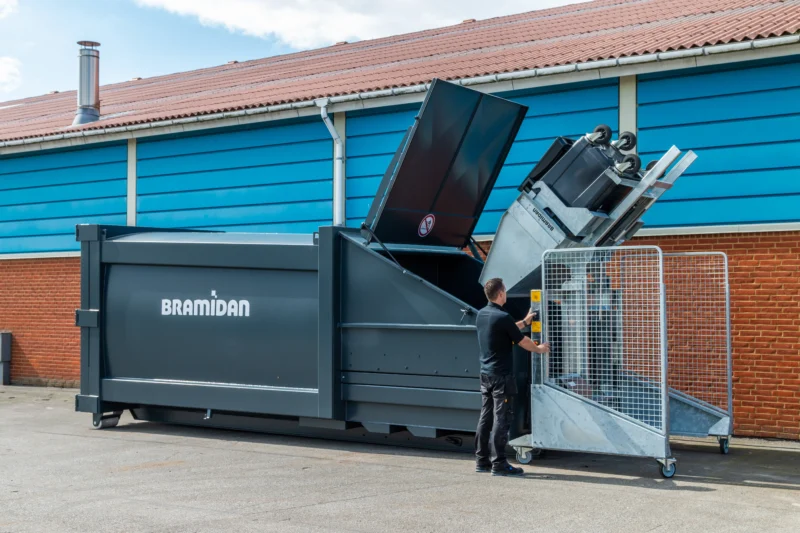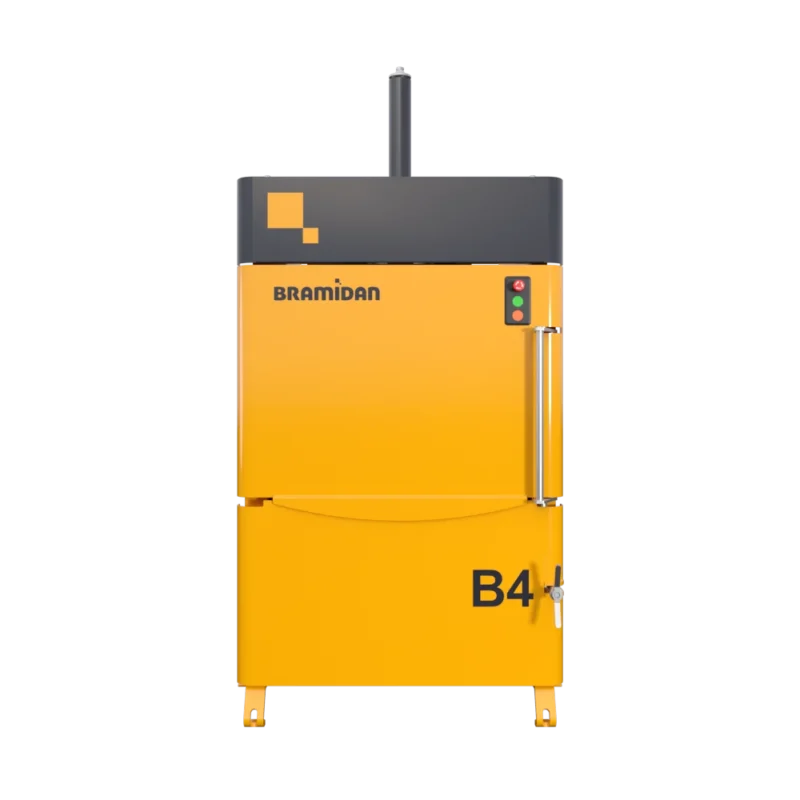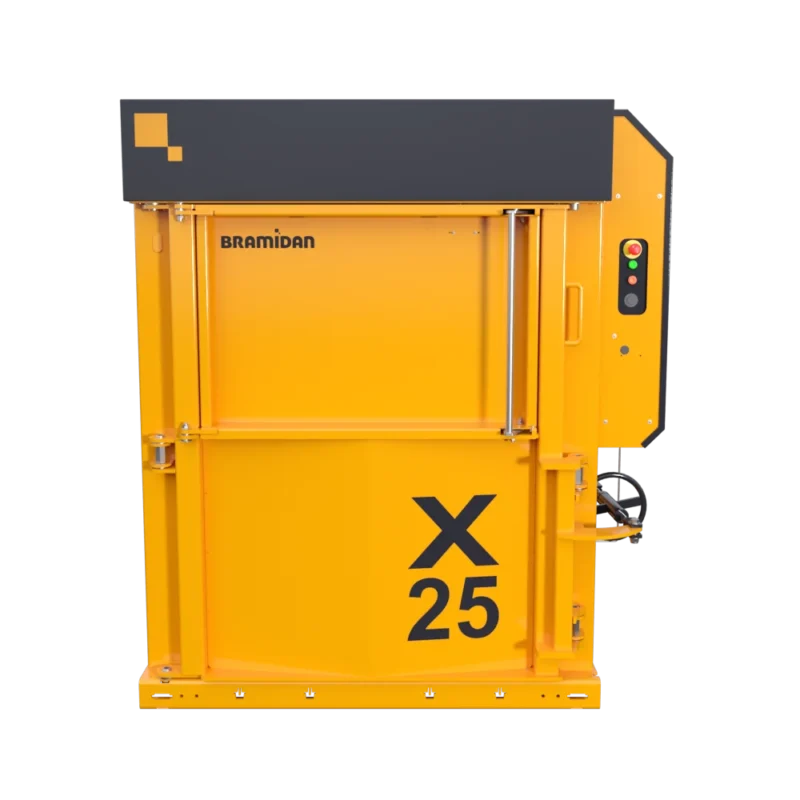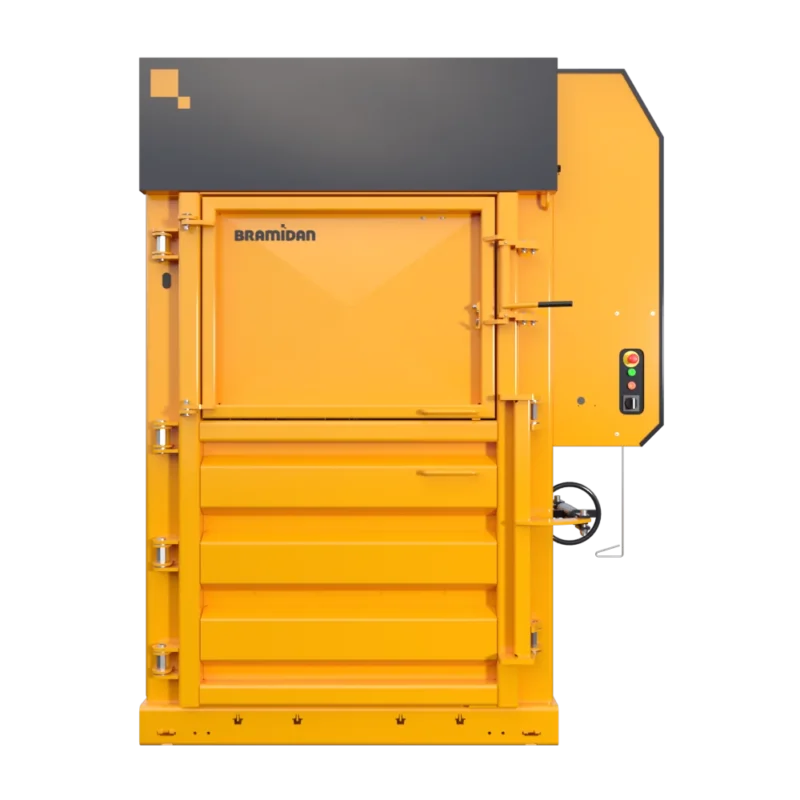Bale Clothing and Fabrics with a Textile Baler
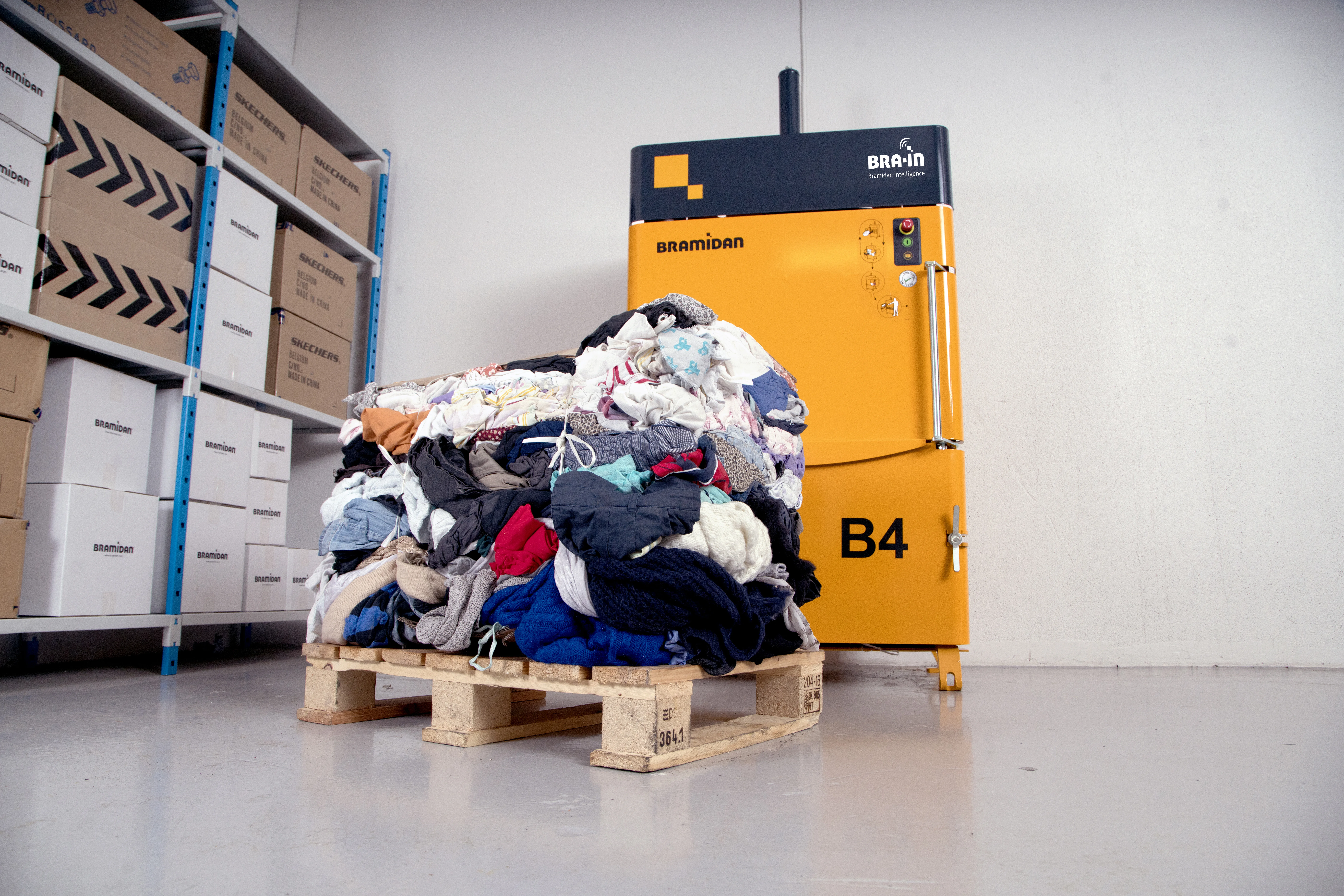
Struggling with Textile Overflow? A Clothing Baler Is the Answer
A clothing baler – also known as a textile baler – is designed to compress garments, fabric scraps, and textile offcuts into compact, manageable bales. These bales are significantly easier to handle, store, and transport, helping reduce both operational costs and environmental impact. Clothes balers are particularly ideal for industries such as retail, fashion, or manufacturing. Whether you’re compacting soft cotton, synthetic blends, workwear, or mixed materials, a baler provides a safe and effective solution.
With Bramidan balers, you can compress clothing and significantly reduce volume. This frees up floor space, simplifies logistics, and supports your recycling goals – all while improving workplace efficiency and safety.
Vertical Balers
Horizontal Balers
Best suited for high volumes or continuous textile production. These high-capacity machines can be integrated with conveyors or tippers for automated loading, improving speed and productivity.
Compactors
Compactors offer a flexible way to manage large-scale textile waste or residual materials that don’t need to be baled. These machines are built for continuous use and can handle textiles alongside packaging waste, production offcuts, or other non-recyclable material.
Benefits of Implementing a Bramidan Solution
- Reduced textile waste volume, freeing up storage space and improving warehouse efficiency.
- Lower waste collection and transport costs due to compacted, economical bales.
- Enhanced recycling efficiency and reduced landfill waste and transportation emissions.
- Simplified logistics and handling through uniform, stackable bales that are easier to store and move.
- Improved hygiene and tidiness in waste areas, supporting a safer and more professional working environment.
- Smart monitoring with BRA-IN, our intelligent platform, which allows remote tracking of baler usage, fill levels, and service needs—improving transparency and planning.
Compacting Different Types of Clothing and Textile Waste
Clothing
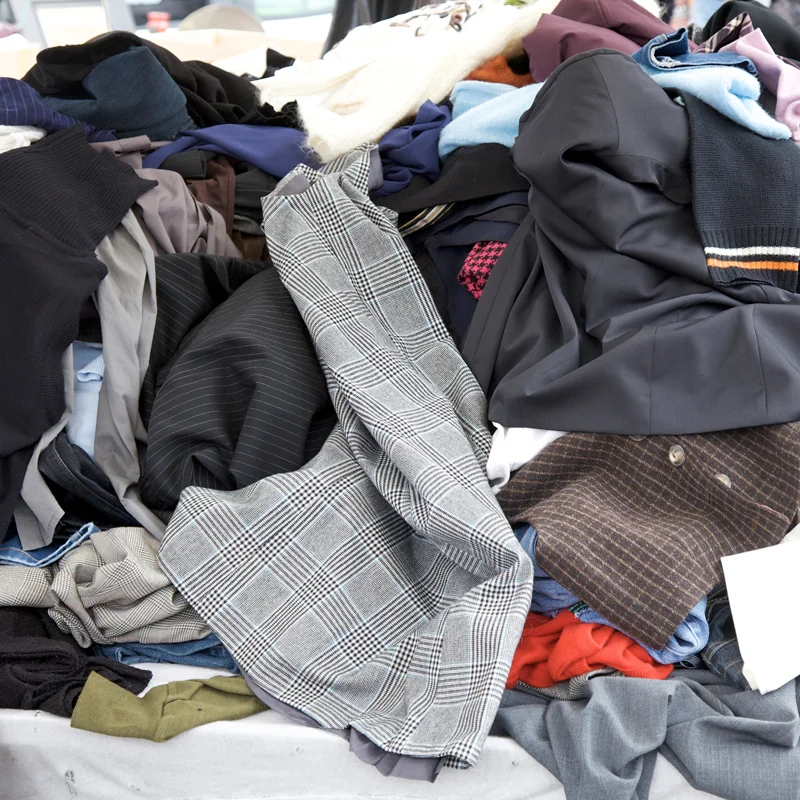
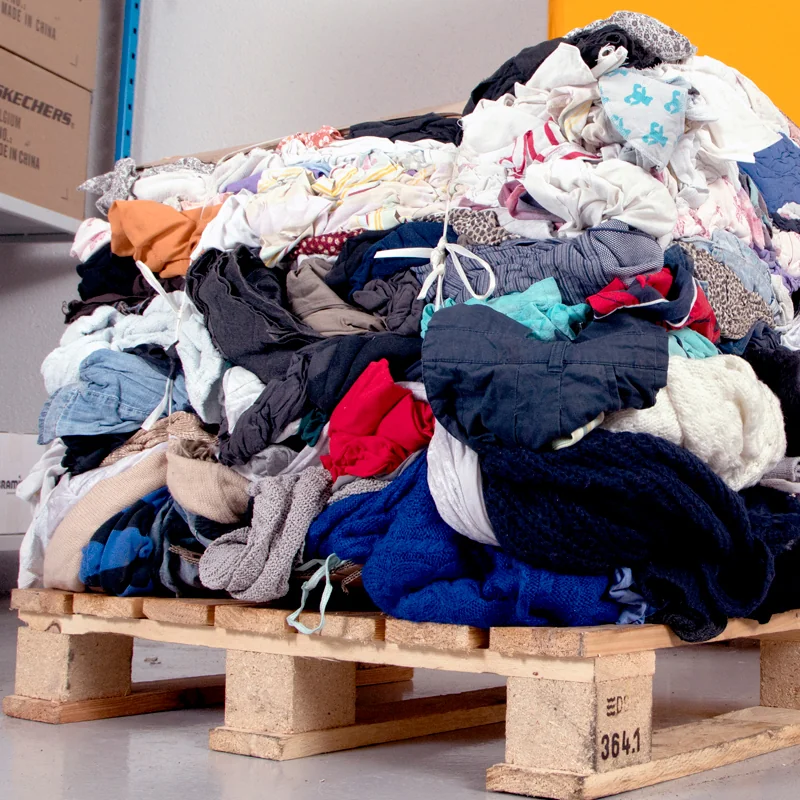
Textile
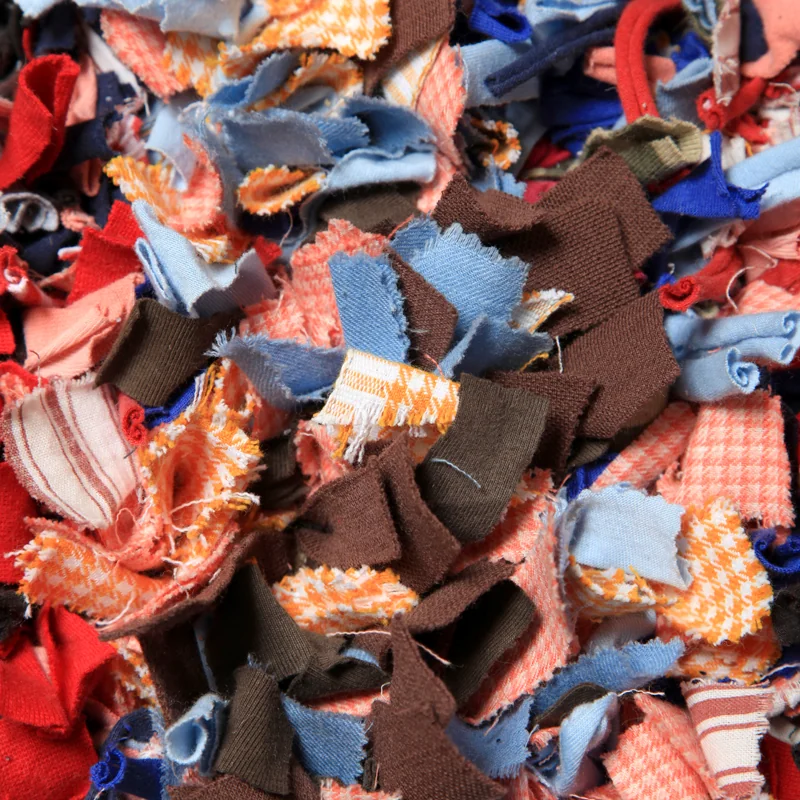
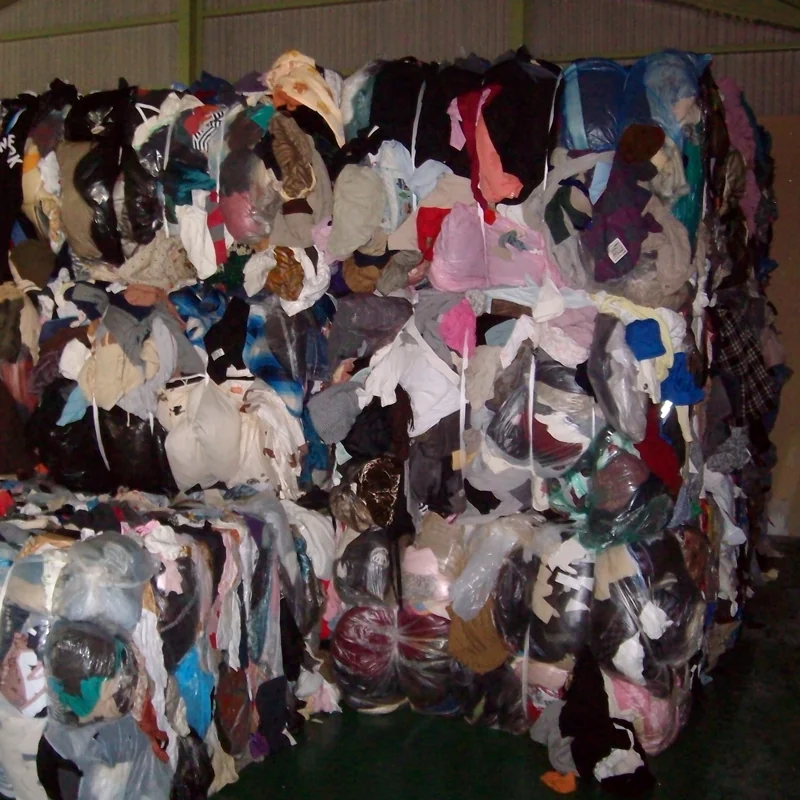
See How Our Machines Work
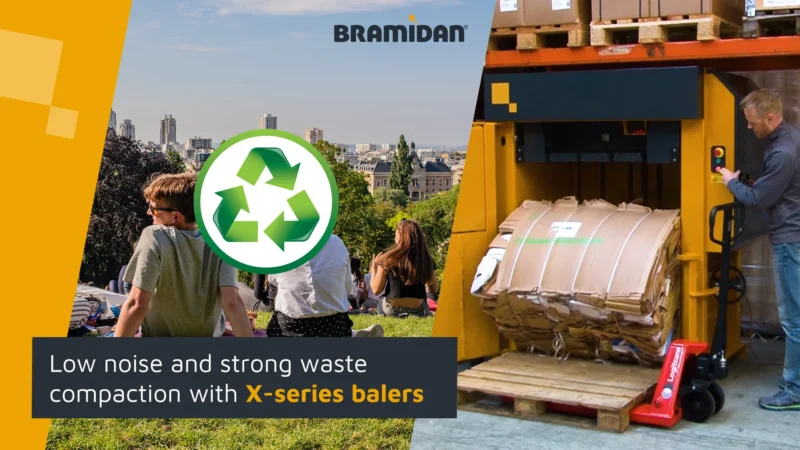
Watch How Our X-Series Machinery Works
Balers in the X-series have internal cross cylinders for strong compaction of several recyclable waste fractions.
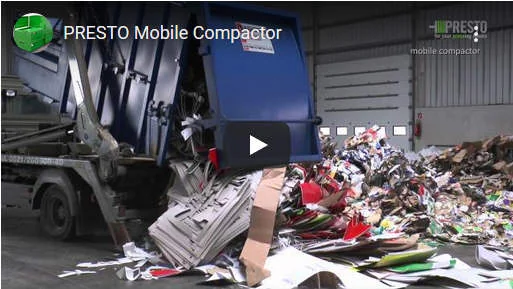
Watch How a Self-Contained Compactor Works
A self-contained compactor offers versatile solutions for companies to manage their various waste fractions effectively.
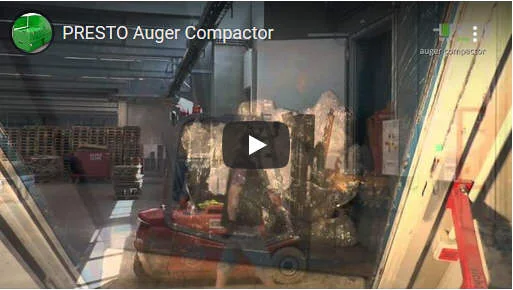
Watch How a Stationary Compactor Works
Suitable for handling very large amounts of waste, stationary compactors come with a press unit and movable container.
How is a Clothing Baler Used?
- Load the chamber: Place used clothing, fabric scraps or textiles into the baler’s chamber.
- Start the compaction: Once the chamber is full, activate the baler. The hydraulic press compresses the materials into a compact bale.
- Tie the bale: When the compression cycle is complete, secure the bale using strapping or wire.
- Eject the bale: Depending on the model, the bale is either ejected automatically or manually.
- Store or transport: The finished bale is now ready for stacking, storage or shipping.
This straightforward process helps streamline textile waste handling, reduces clutter, and improves efficiency across your facility.
Recommended Machinery For Textile Waste
FAQ: Most Common Questions & Answers
Questions? Contact Us Today




